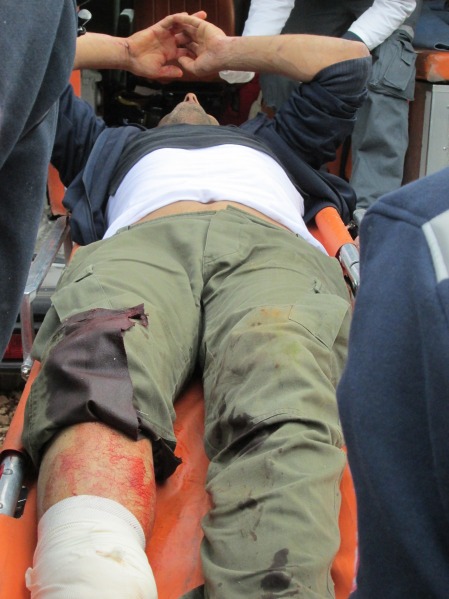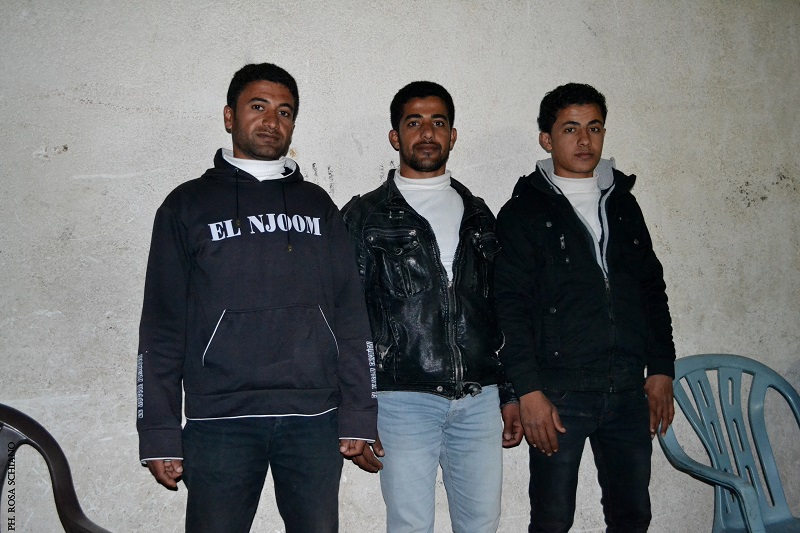Tag: Live Ammunition
-
VIDEO: Protesters in Gaza’s “buffer zone” under fire from Israeli forces
17th January 2014 | Institute for Middle East Understanding | Gaza, Occupied Palestine They are young, and they are fearless. In Gaza, a growing nonviolent movement, led predominantly by youth, is challenging Israel’s ongoing occupation of Palestinian lands in the so-called “buffer zone” — a unilaterally demarcated and militarily patrolled area that, according to Harvard researcher Sara…
-
Palestinian shot with live ammunition during weekly Ni’lin demonstration
12th January 2014 | International Solidarity Movement, Ramallah Team | Ni’lin, Occupied Palestine On Friday 10th January, a Palestinian demonstrator was injured after being shot in his leg with live ammunition by Israeli forces while attending the weekly Friday demonstration. The incident happened in Ni’lin where Israeli military shot live ammunition against approximately thirty demonstrators who…
-
Palestinian fisherman kidnapped by the Israeli navy in Gaza waters
11th January 2014 | International Solidarity Movement, Rosa Schiano | Gaza, Occupied Palestine On Wednesday, 8th January 2014, 27-year-old Palestinian fisherman Mohammed Sultan Al Khader had was arrested by the Israeli navy in Gaza waters. He had been fishing with his two brothers, Ahmad and Hamdi, on a small fishing boat, called a hasaka. Al Khader was released…



